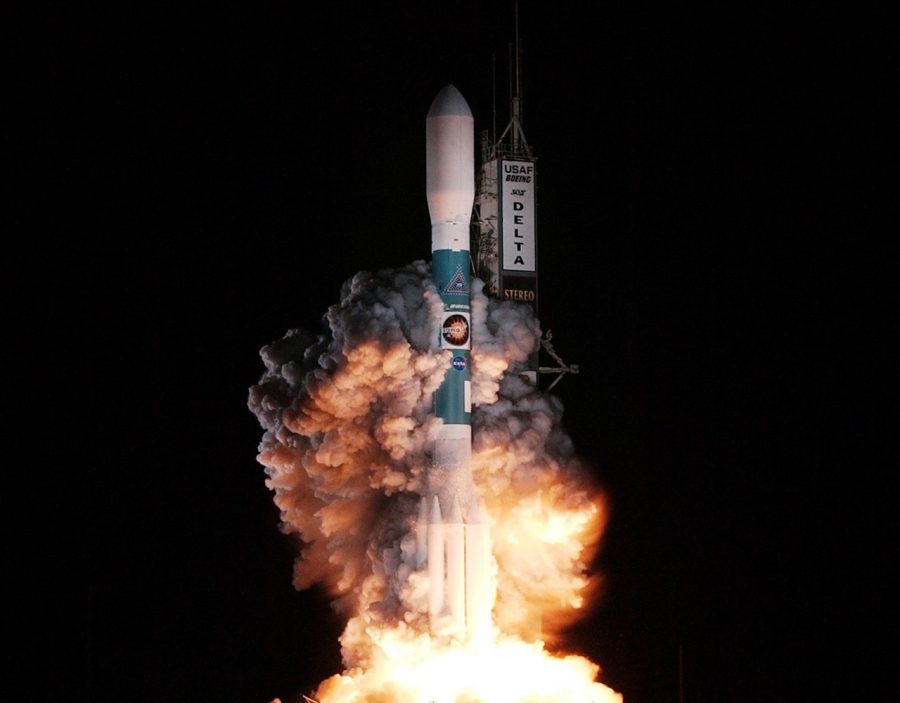SpaceX marked another milestone in its ongoing quest to create a global satellite internet network by successfully executing its 42nd Starlink satellite deployment mission on Monday. A Falcon 9 rocket took off from Vandenberg Space Force Base in California at 1:48 a.m. PDT. It carried 21 V2 Mini Starlink satellites, heading toward a 185×178 mile orbit with a 53-degree inclination to the equator. The triumphant deployment of these satellites brings the total number of Starlink satellites in orbit to over 2,000, drawing SpaceX closer to its goal of a fully functional constellation.
First Stage Booster Recovery and Reusability
The first stage booster, flying for the sixth time, had launched the inaugural Tranche 0 mission for the U.S. military’s Space Development Agency and four previous Starlink missions. After completing its burn, the booster touched down on the drone ship ‘Of Course I Still Love You,’ positioned approximately 400 miles downrange in the Pacific Ocean. The successful landing marked the booster’s sixth recovery, solidifying SpaceX’s dedication to reusability and lowering the costs associated with space exploration. This accomplishment also demonstrates the company’s ongoing advancements in innovation and engineering expertise, which facilitate the efficient use of rockets in multiple operations.
Starlink Deployment and Global Internet Coverage
Around one hour after the rocket’s departure, the 21 V2 Mini Starlink satellites were deployed, marking another prosperous mission for SpaceX in advancing global internet access. As the Starlink constellation grows, the company moves ever closer to realizing a smooth network of low Earth orbit satellites that offer high-speed internet to even the world’s most remote regions.
V2 Mini Satellites: Improved Antennae and Solar Panels
The latest satellite models, introduced earlier this year, are more significant than their V1.5 predecessors and are equipped with improved antennae and broader solar panels. As a result, they can provide more robust signal coverage and faster internet speeds to users worldwide. The expanded solar panels also allow the satellites to capture more solar energy, ensuring longer operational life and reducing their need for external power sources.
Enhanced Bandwidth and Increased Capacity
These enhancements enable the V2 Mini satellites to deliver four times the bandwidth of earlier versions. In turn, the satellites can provide faster internet speeds and accommodate a broader range of uses. Furthermore, these improvements significantly boost coverage and connectivity, making the V2 Mini satellites more dependable and effective for end-users.
Starlink’s Growing Subscribers and Global Demand
SpaceX recently reported that its Starlink internet service has attracted over two million subscribers in more than 60 countries. This landmark achievement demonstrates the increasingly urgent demand for high-speed internet access in regions lacking it. By expanding its network of low Earth orbit satellites, Starlink strives to bridge the digital divide and supply dependable connectivity in areas where traditional internet infrastructure is either limited or entirely absent.
Expanding the Satellite Network
Since 2019, SpaceX has launched 5,178 satellites, with 4,828 still in orbit. Most of these operational satellites provide global internet coverage and better communication systems. As SpaceX looks to the future, it plans to release additional satellites, broadening its network and improving worldwide connectivity.
The Growing Satellite Industry
Before the latest launch, 4,776 satellites were operating as planned. With the deployment of these new satellites, the tally of active satellites in orbit has significantly increased. This enhancement in global connectivity provides upgraded services across various sectors. As technology advances, the demand for satellite-based services such as communication, navigation, and earth observation will likely surge, fostering growth in the satellite industry.
Frequently Asked Questions
What was the purpose of SpaceX’s 42nd Starlink mission?
The 42nd Starlink mission aimed to deploy 21 V2 Mini Starlink satellites into orbit, expanding SpaceX’s global satellite internet network and bringing the total number of Starlink satellites in orbit to over 2,000.
How is SpaceX promoting reusability in its space missions?
SpaceX is committed to reusability by recovering and reusing the first-stage booster of its Falcon 9 rockets. In the 42nd Starlink mission, the booster was recovered for the sixth time, demonstrating the company’s dedication to lowering costs and promoting efficient use of rockets.
What improvements have been made to the V2 Mini Starlink satellites?
The V2 Mini satellites have improved antennae and broader solar panels, allowing for stronger signal coverage, faster internet speeds, increased operational life, and reduced dependence on external power sources. They also deliver four times the bandwidth of earlier versions, improving end-user coverage and connectivity.
How many subscribers does the Starlink internet service have?
SpaceX’s Starlink internet service has attracted over two million subscribers across more than 60 countries, highlighting the growing demand for high-speed internet access in underserved regions.
What is the current total of operational satellites in orbit?
As of the latest launch, there are 4,828 operational satellites in orbit, with the majority providing global internet coverage and improved communication systems.
What is the future of the satellite industry?
With advancing technology and increasing demand for satellite-based services like communication, navigation, and earth observation, the satellite industry is expected to experience significant growth in the coming years.
Featured Image Credit: Photo by Pixabay; Pexels; Thank you!


















